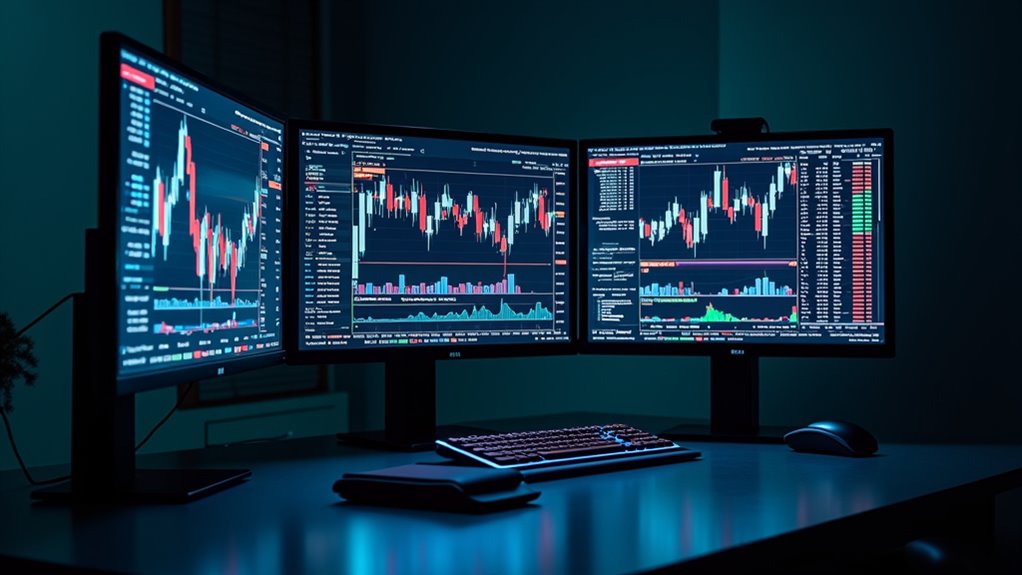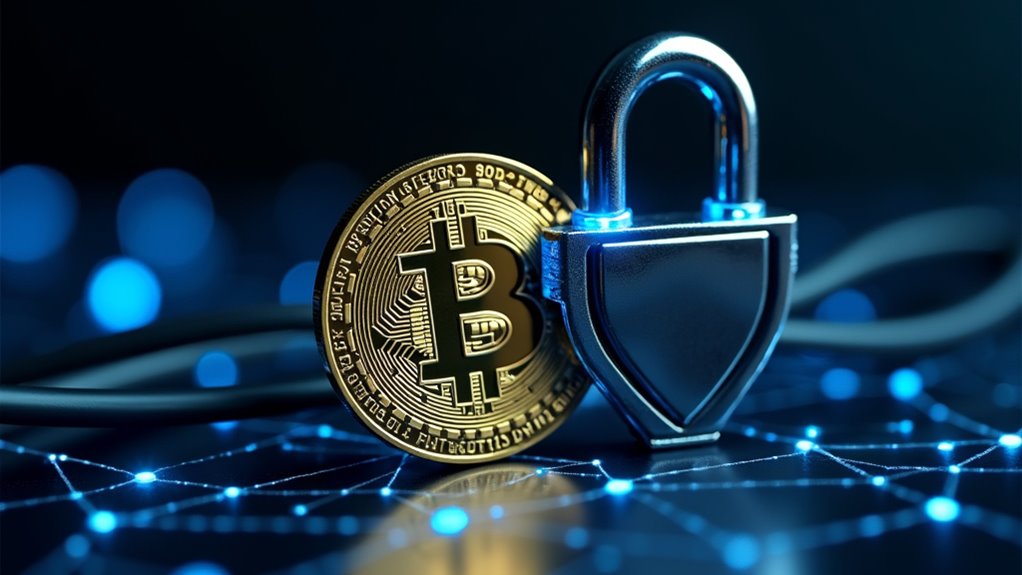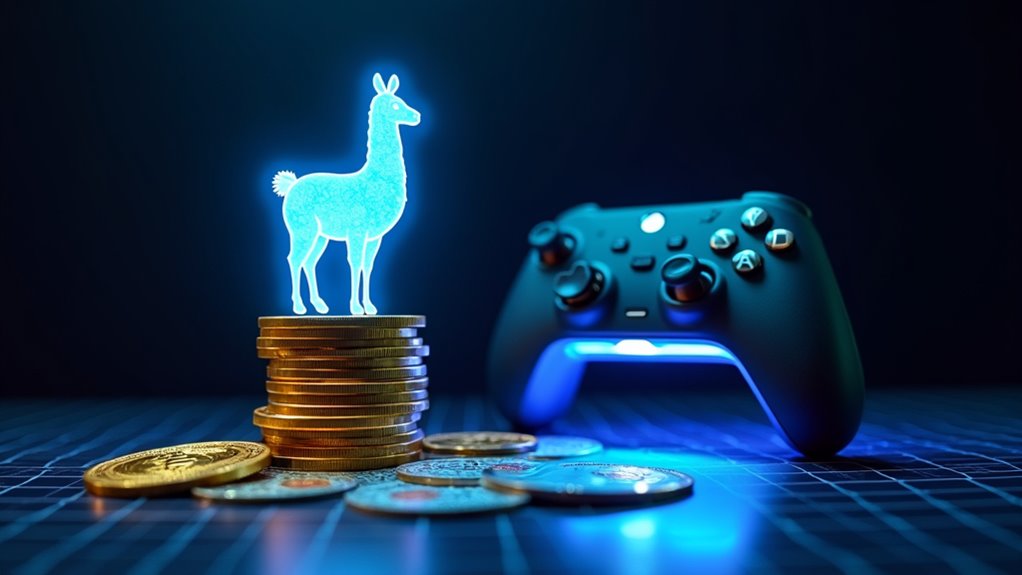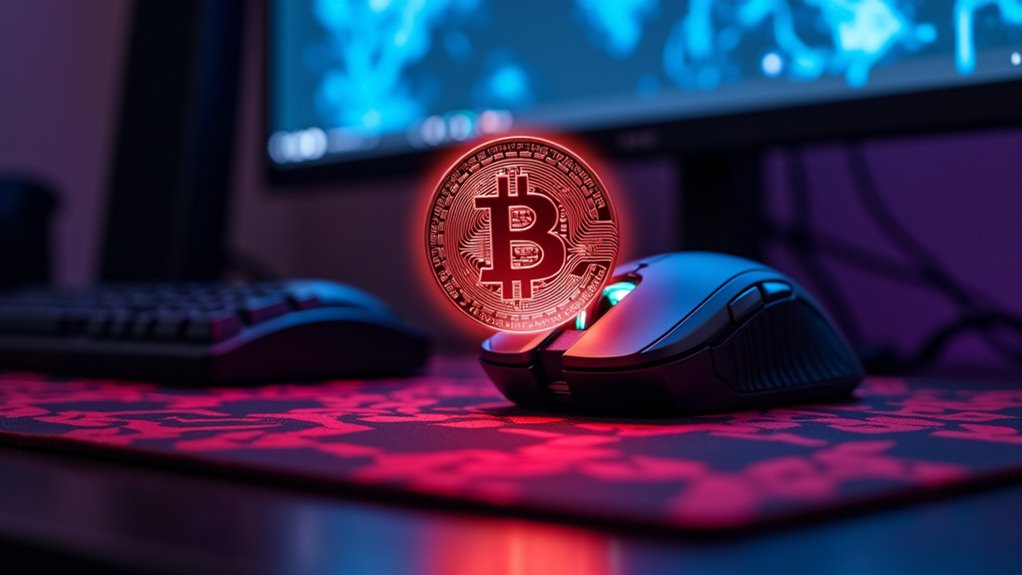ADA crypto powers Cardano, a blockchain platform launched in 2017 by Ethereum co-founder Charles Hoskinson. Named after Ada Lovelace, the realm’s first computer programmer, ADA functions as both a digital currency and fuel for smart contracts. The platform uses an energy-efficient proof-of-stake system called Ouroboros and caps its supply at 45 billion tokens. While other cryptos rush to market, Cardano takes a slow-and-steady approach. There’s more to this mathematical genius’s tale.

What do you get when you combine groundbreaking blockchain technology with a mathematical genius from the 1800s? You get ADA, the native cryptocurrency of the Cardano blockchain, named after Ada Lovelace, the world’s first computer programmer. And yes, they really did name a cutting-edge digital currency after someone who lived before electricity was common. Talk about a plot twist.
Founded in 2015 by Charles Hoskinson, Cardano burst onto the crypto scene with some serious ambitions. The platform launched in 2017 with 25.9 billion ADA tokens, and it’s been turning heads since then. It’s not just another cryptocurrency – it’s a full-blown platform for building decentralized applications, running smart contracts, and handling transactions without breaking a sweat. The Alonzo hard fork in 2021 brought smart contract capabilities to the network. The development team has set a maximum supply of 45 billion ADA tokens to ensure controlled circulation.
Unlike its energy-hungry counterparts, Cardano uses a Proof-of-Stake system called Ouroboros. No massive power bills here. Instead, users stake their ADA tokens in pools, validate transactions, and earn rewards. It’s like earning interest at a bank, except you’re helping maintain a global network. Pretty neat, right? Similar to Solana’s proof of history mechanism, Cardano’s consensus approach prioritizes efficiency and scalability.
The whole operation is backed by some serious brainpower. The Cardano Foundation, Input Output Global (IOG), and Emurgo are constantly developing and improving the platform. They’re working on making it more scalable, more interoperable with other blockchains, and more community-driven. The current Basho era is all about scaling up, while the upcoming Voltaire era will introduce voting systems. Democracy in action, crypto style.
ADA isn’t just sitting pretty in the crypto realm – it’s one of the biggest cryptocurrencies by market capitalization. You can buy it on major exchanges, use it for payments, stake it for rewards, or just hold onto it. The platform supports everything from decentralized finance apps to Web3 applications. And unlike some crypto projects that seem to exist in a perpetual beta state, Cardano actually has a roadmap and sticks to it. Who would’ve thought that naming a cryptocurrency after a 19th-century mathematician would lead to something this sophisticated?
Frequently Asked Questions
What Is the Maximum Supply Limit of ADA Cryptocurrency?
The maximum supply ADA cryptocurrency is capped at 45 billion tokens. This hard cap was established to maintain liquidity and prevent inflationary pressures while supporting the network’s long-term stability through controlled distribution.
Can Cardano’s ADA Be Mined Like Bitcoin?
No, ADA cannot be mined like Bitcoin. Instead, Cardano uses a Proof-of-Stake system where users stake their existing ADA tokens to validate transactions and earn rewards through participation in staking pools.
How Does Staking Work on the Cardano Network?
Cardano staking allows users to delegate ADA tokens to stake pools, earning rewards while maintaining liquidity. Participants contribute to network security through Ouroboros Proof-of-Stake consensus without running their own nodes.
Which Wallets Are Best for Storing ADA Safely?
Hardware wallets like Trezor and Ledger provide maximum security for ADA storage. For daily use, Daedalus offers full-node capabilities, while Yoroi and Lace provide convenient mobile access with strong security features.
What Are the Transaction Fees for Sending ADA Between Wallets?
Cardano transaction fees are calculated using a formula: fee = a + b × transaction size. Standard ADA transfers between wallets typically cost between 0.17-2.34 ADA, with Cropty wallet charging approximately 2.34 ADA per transaction.









